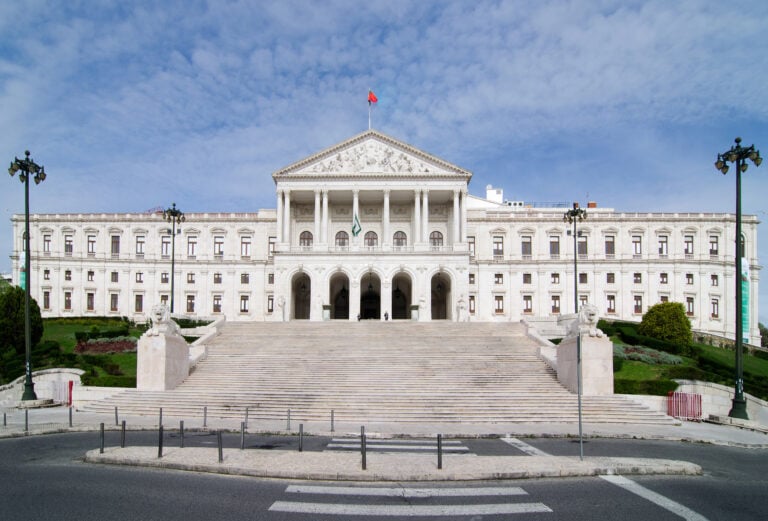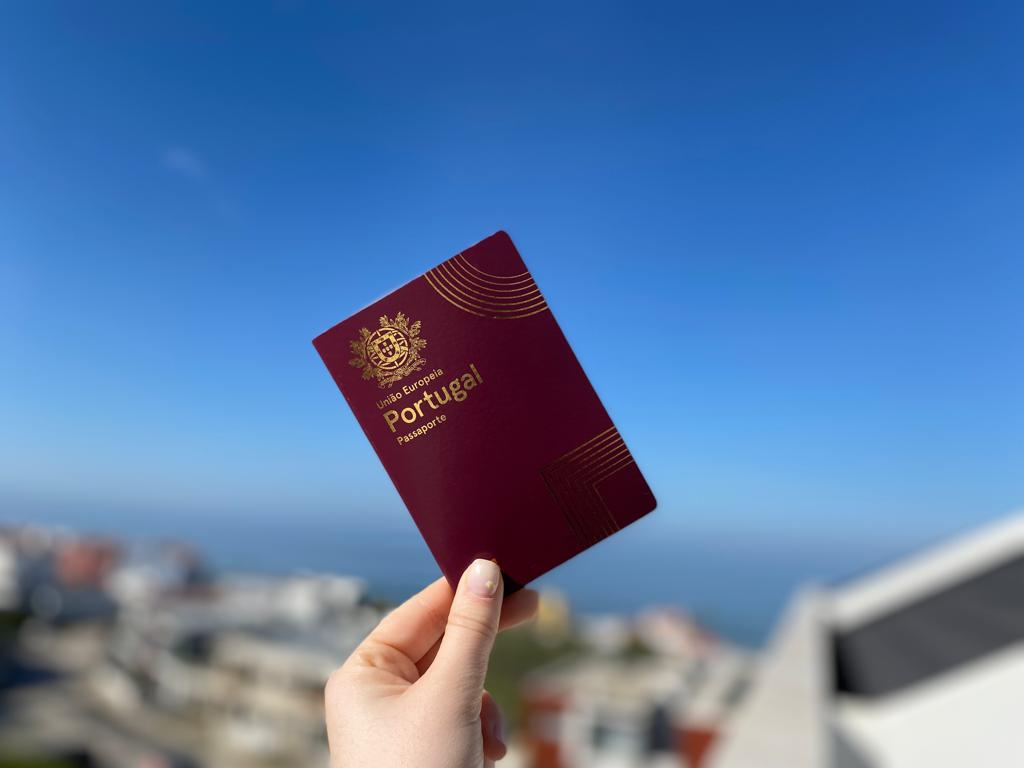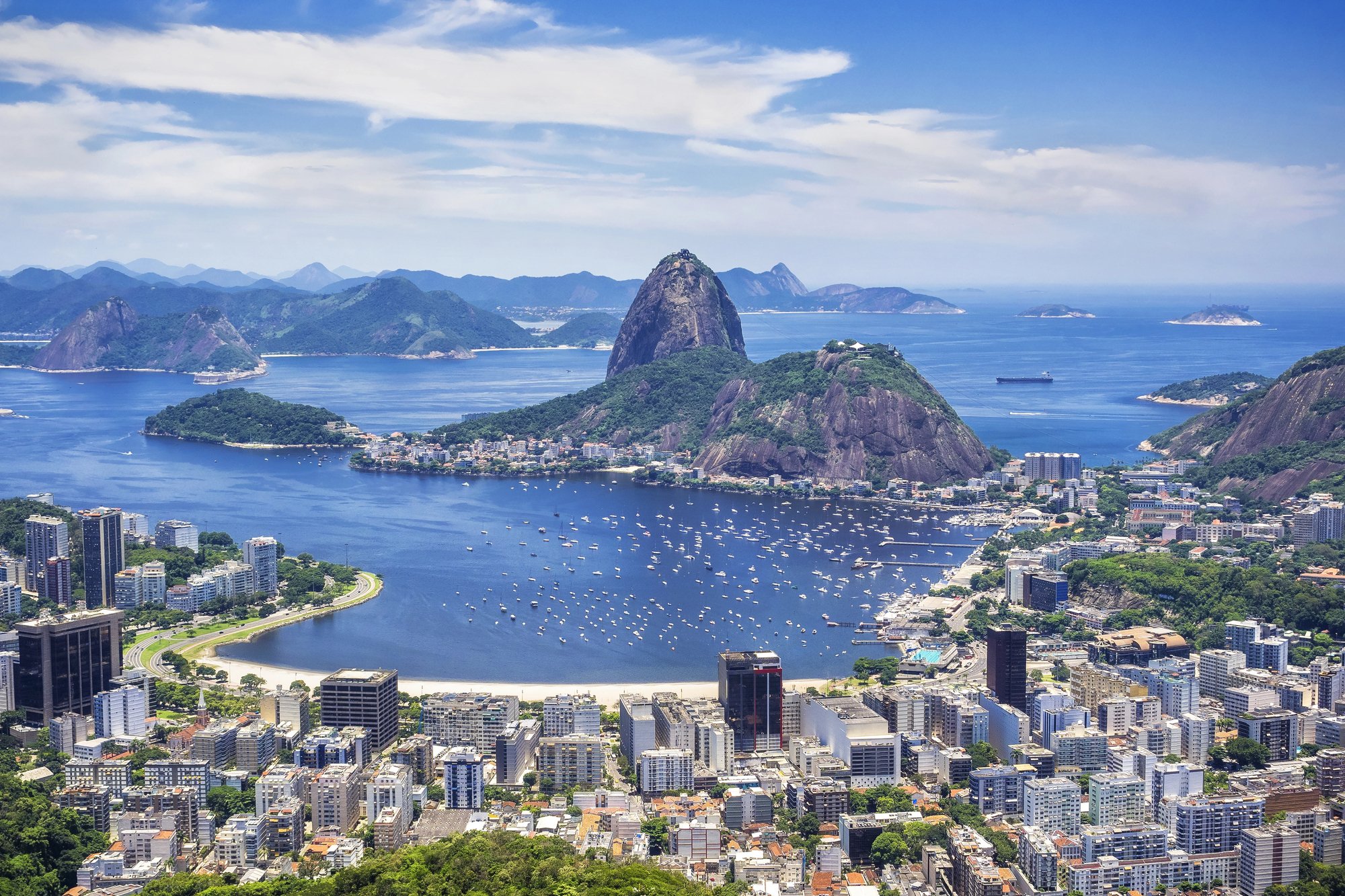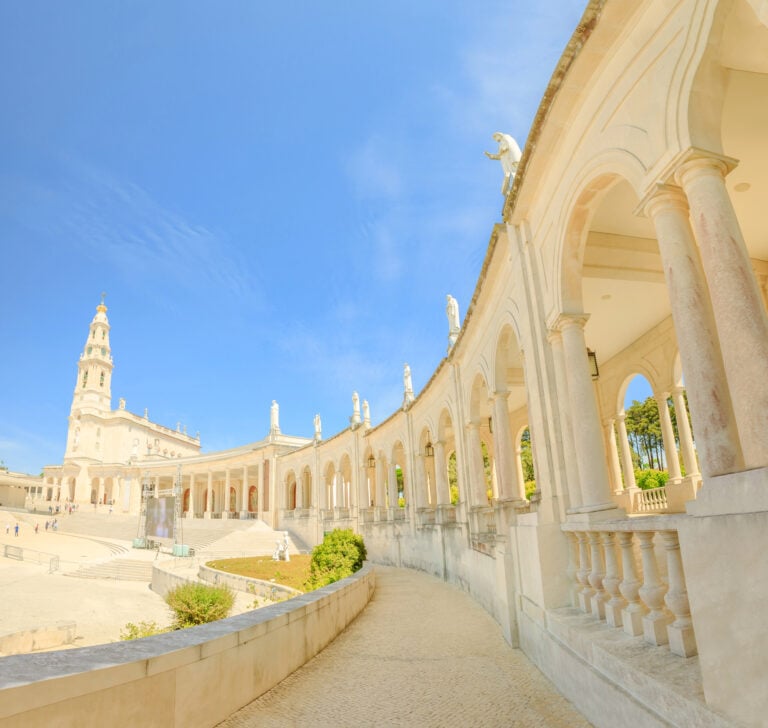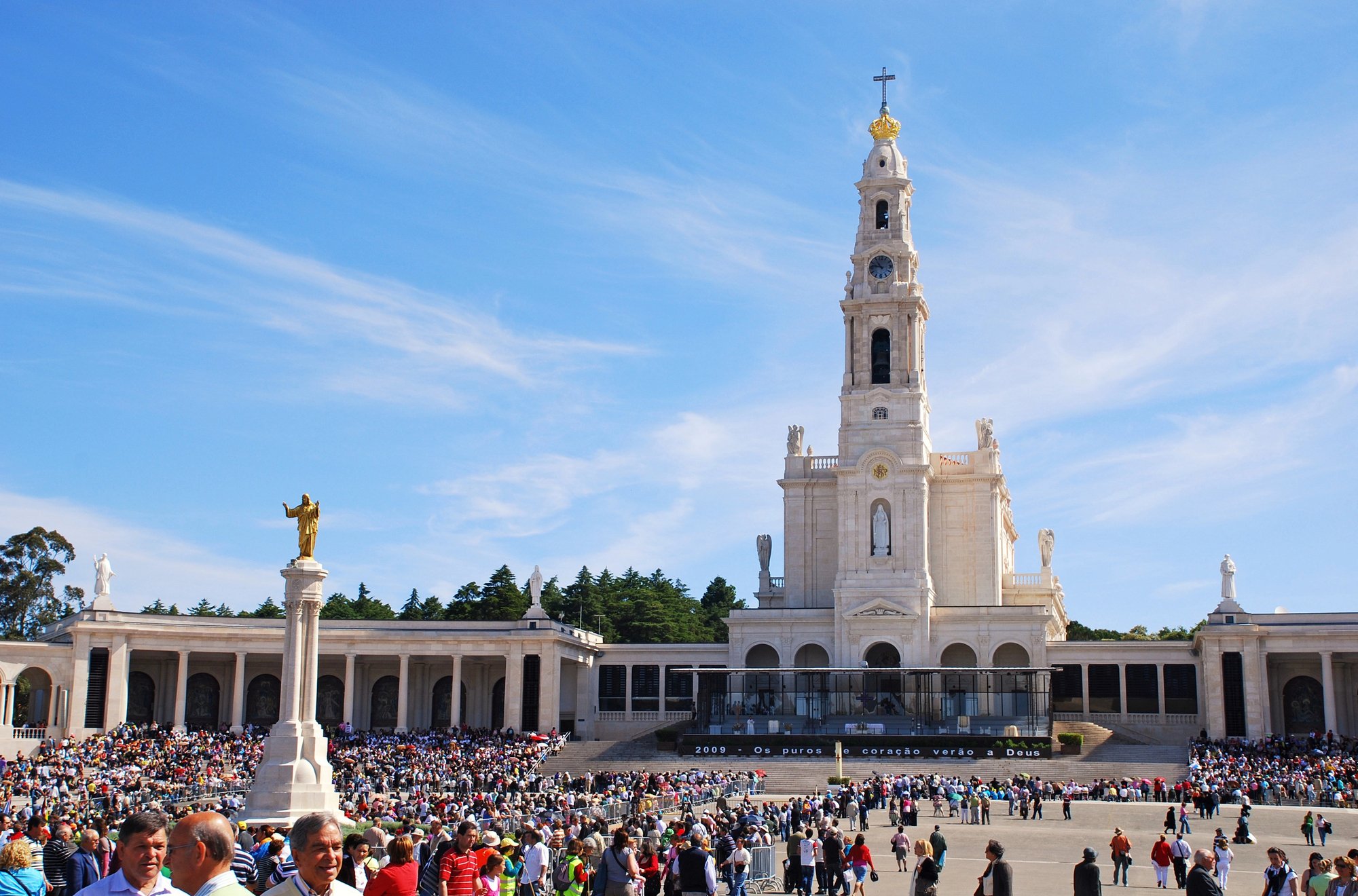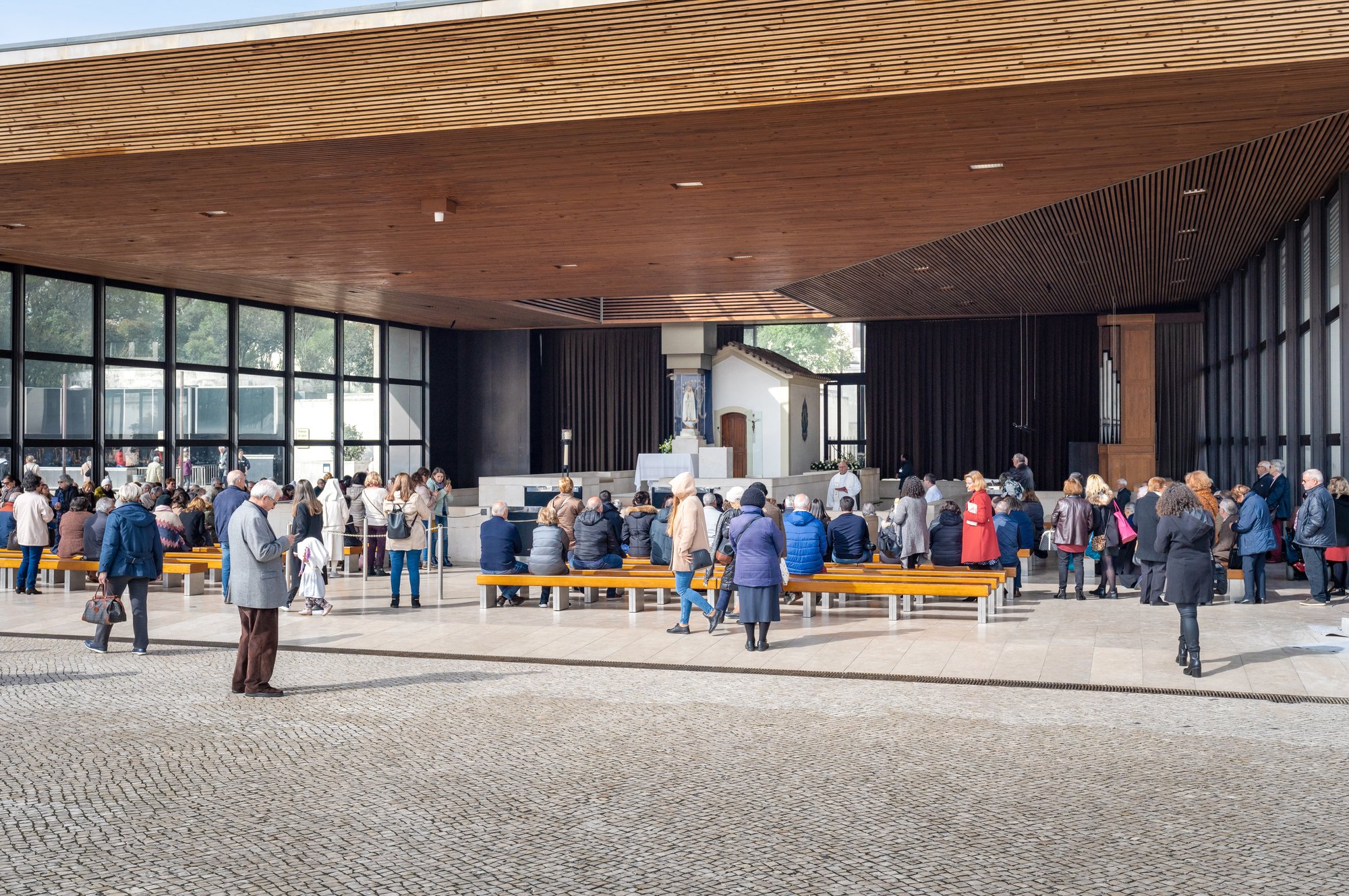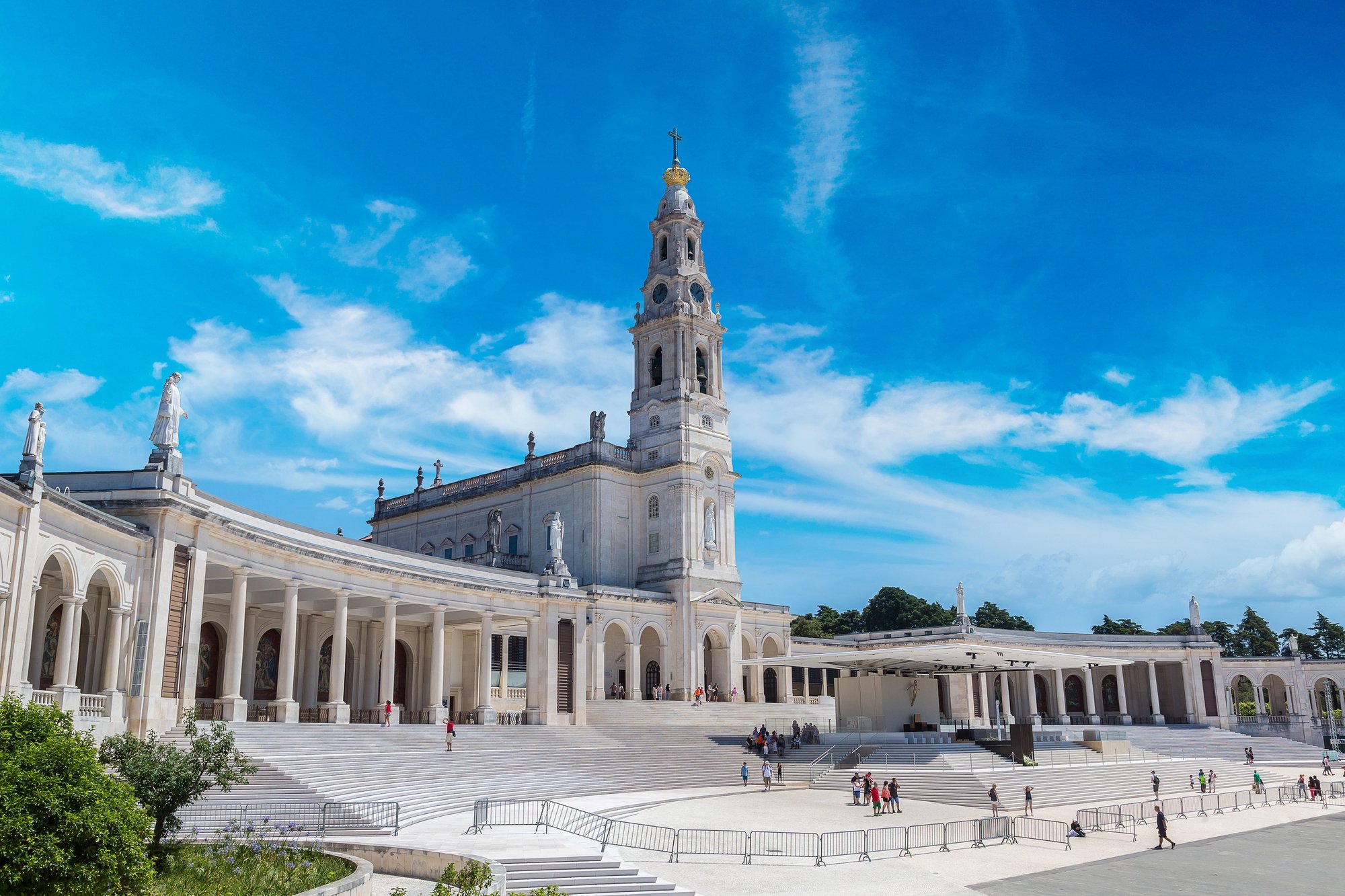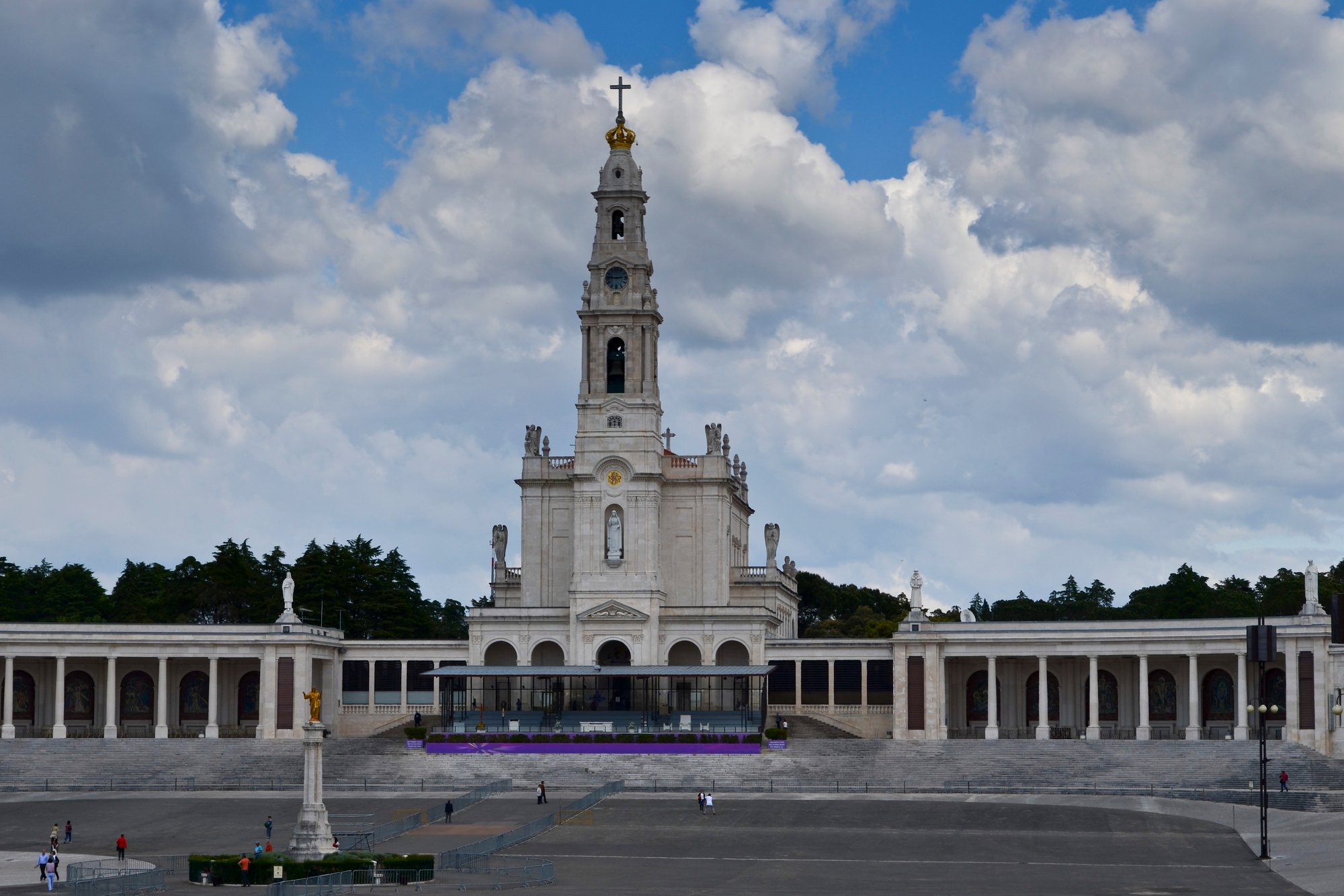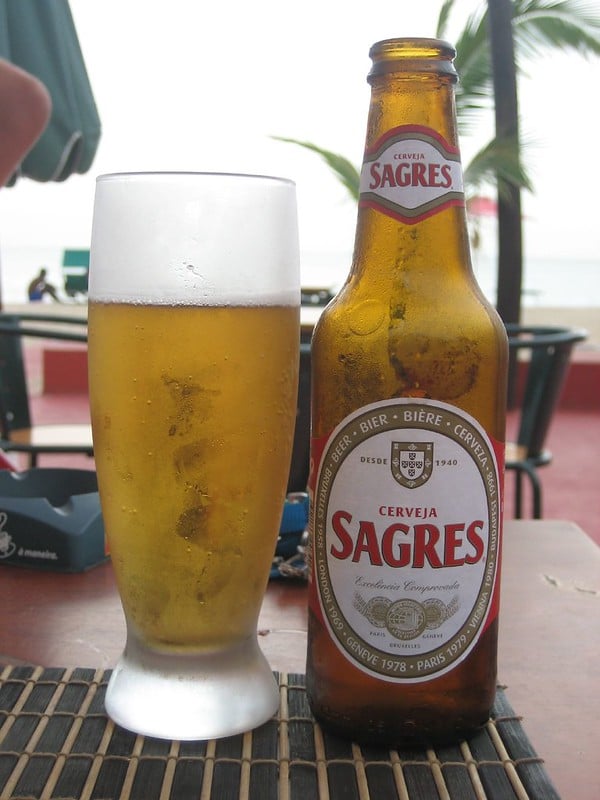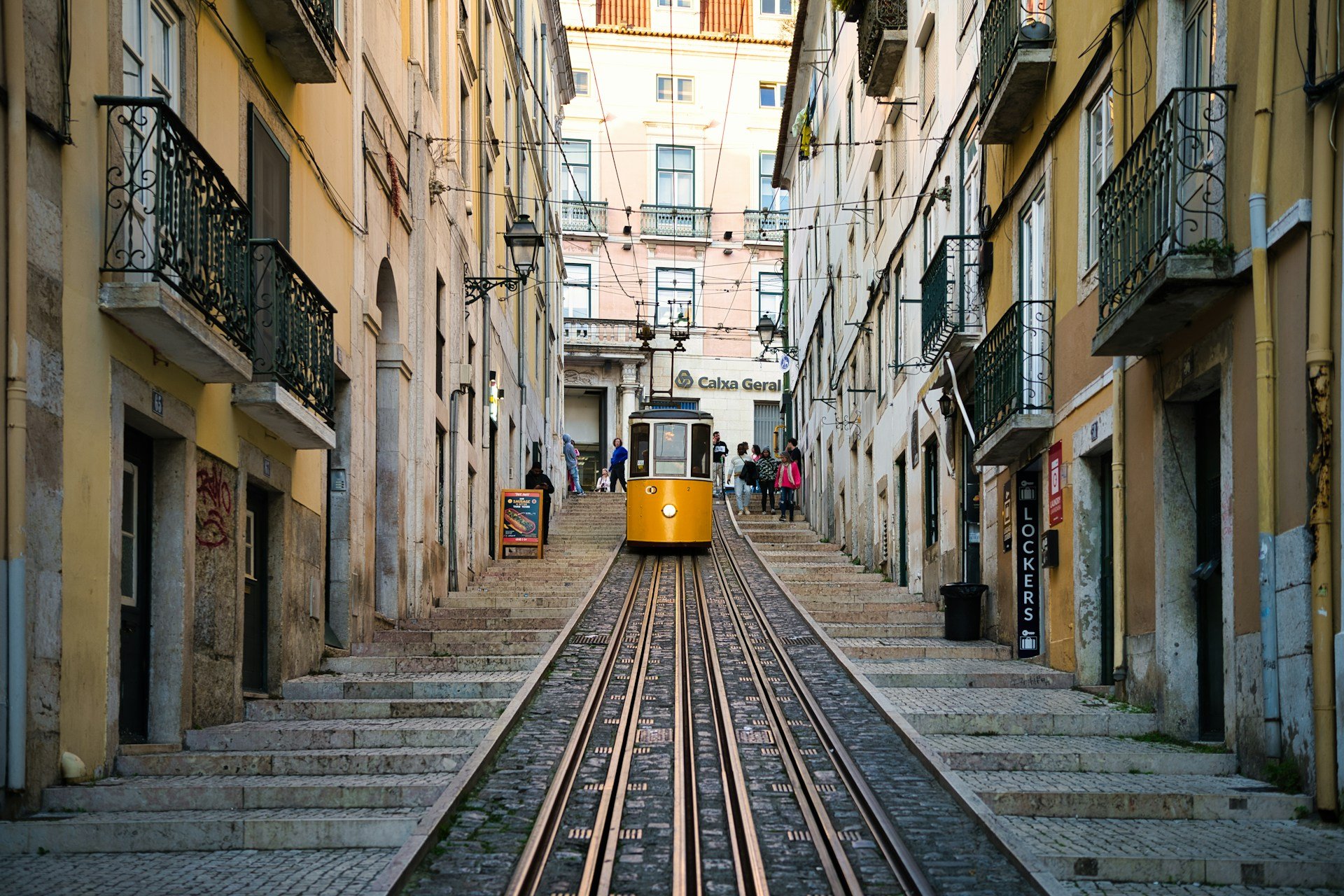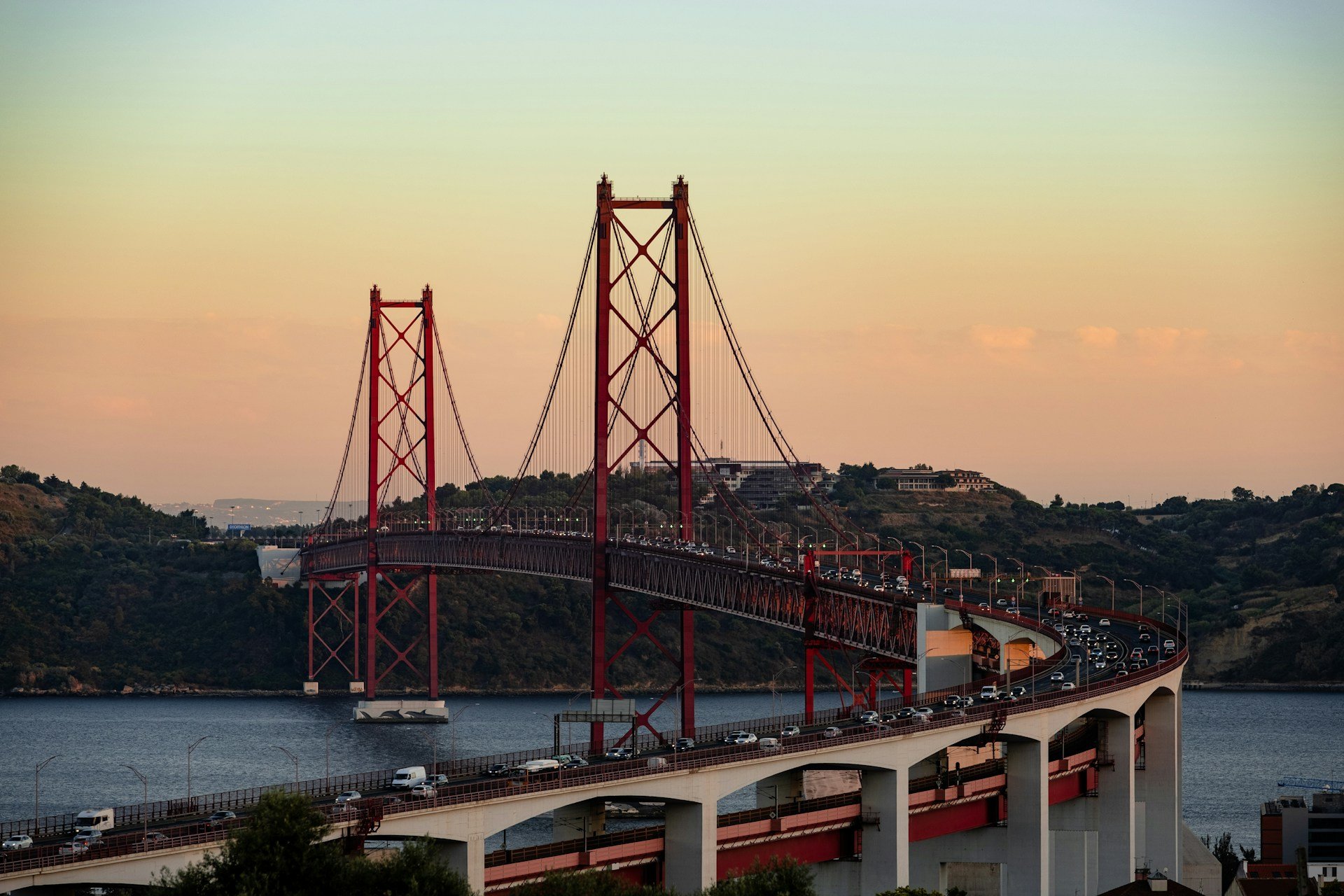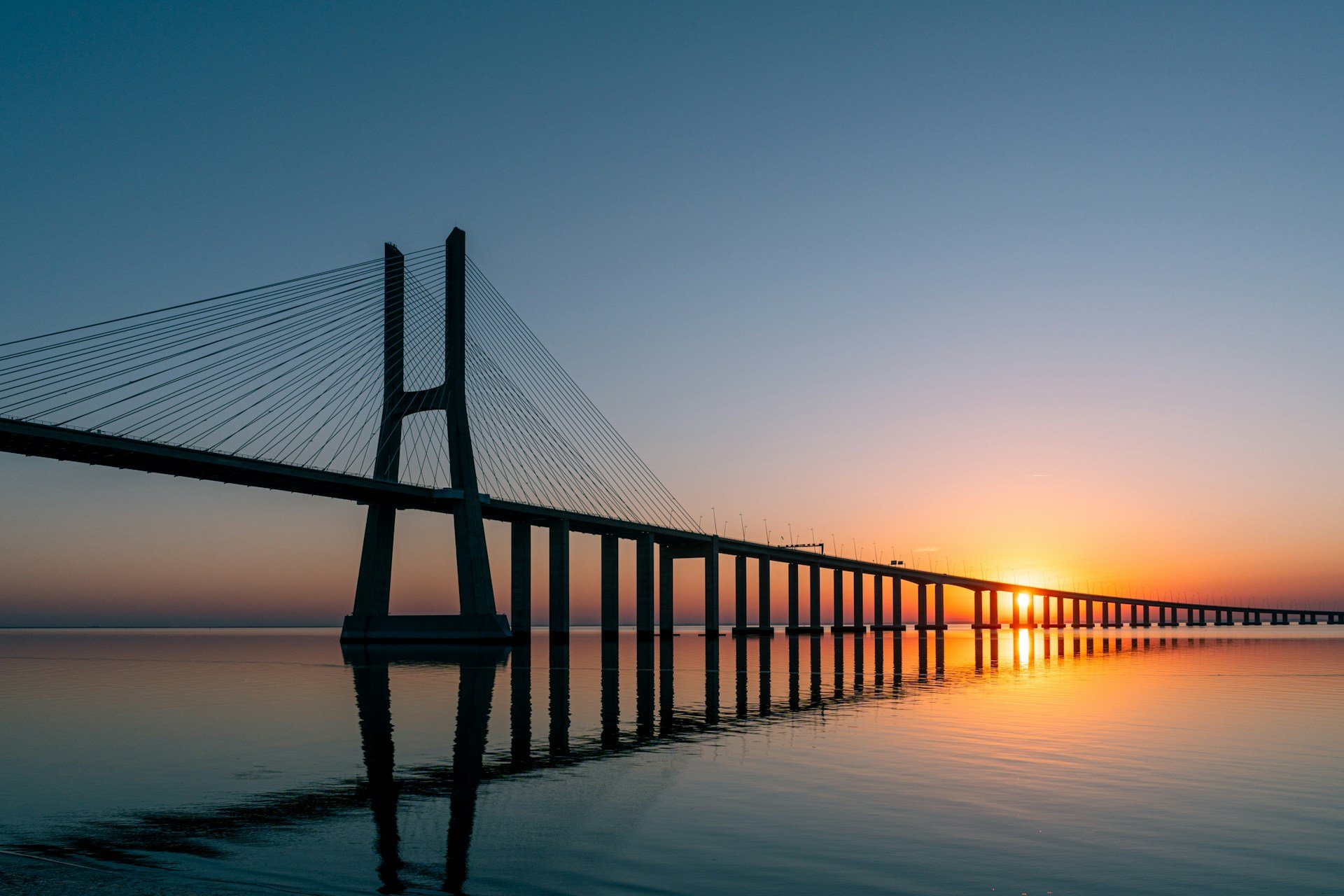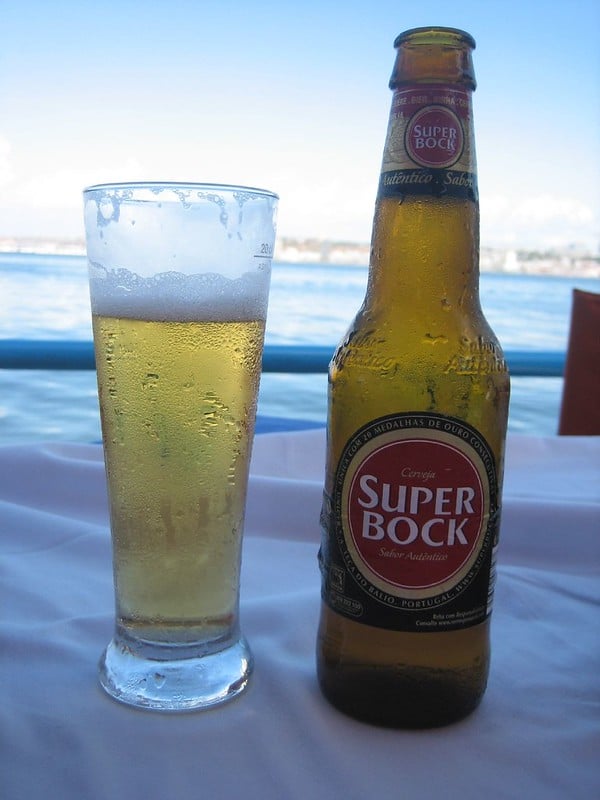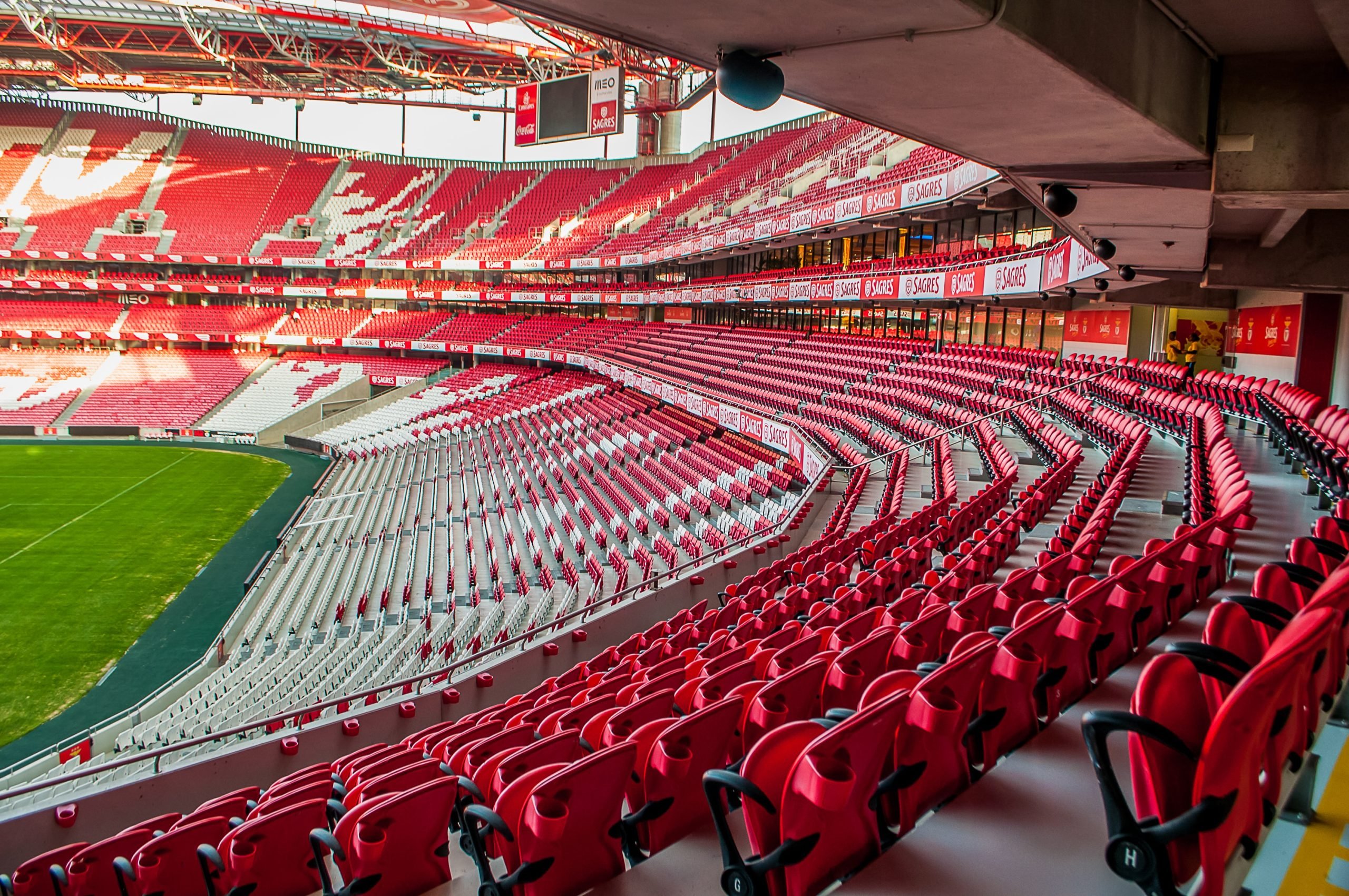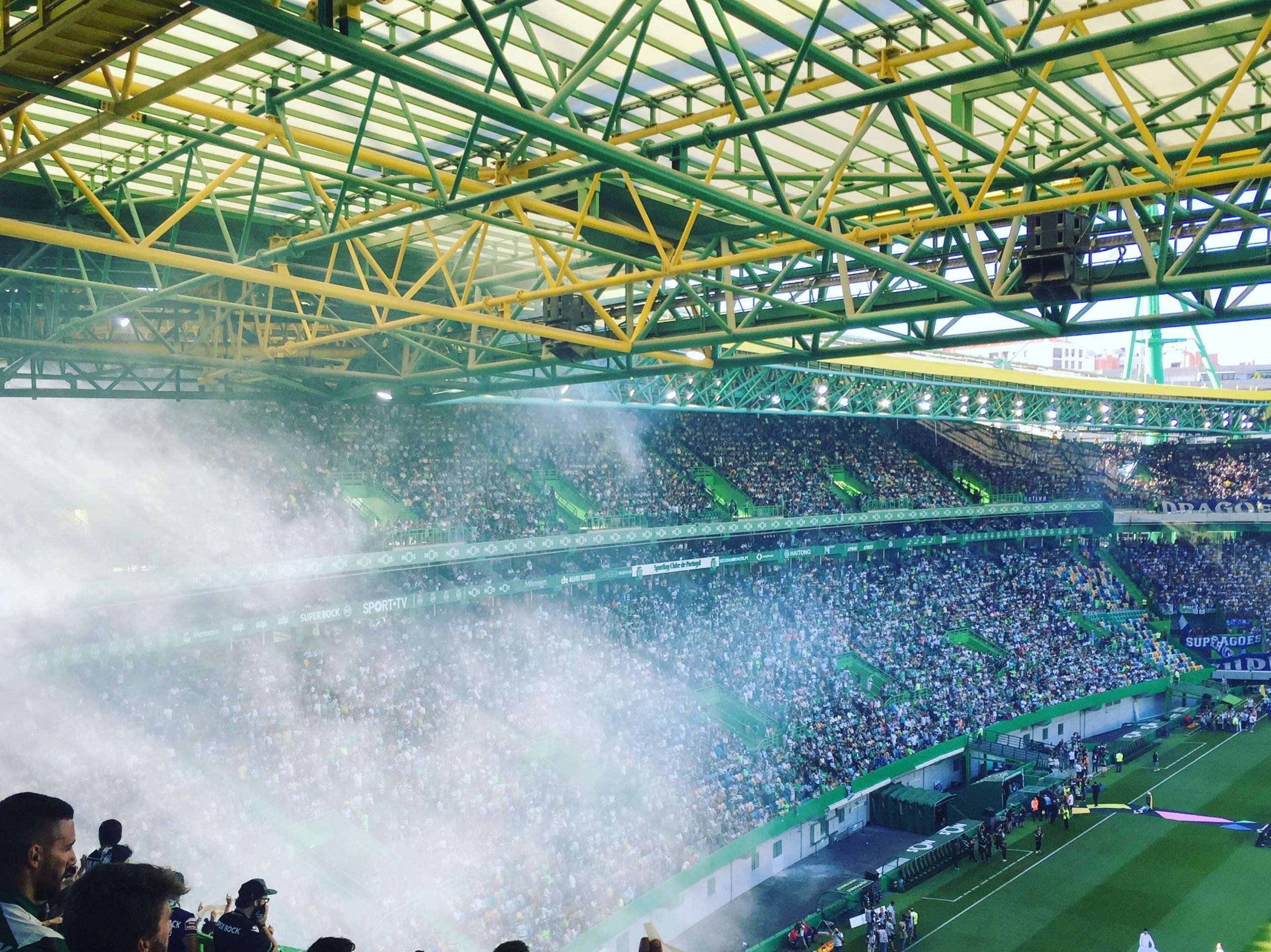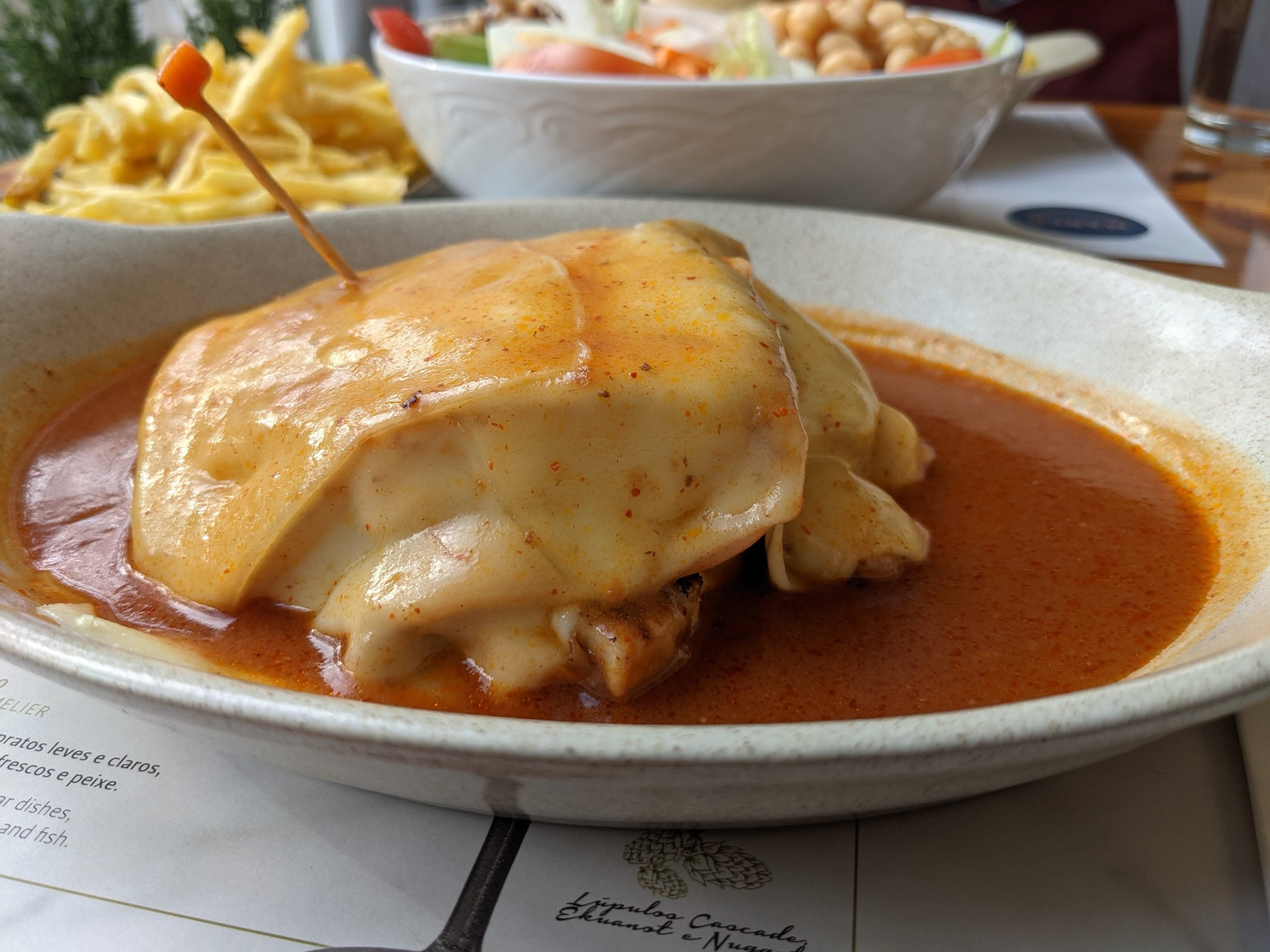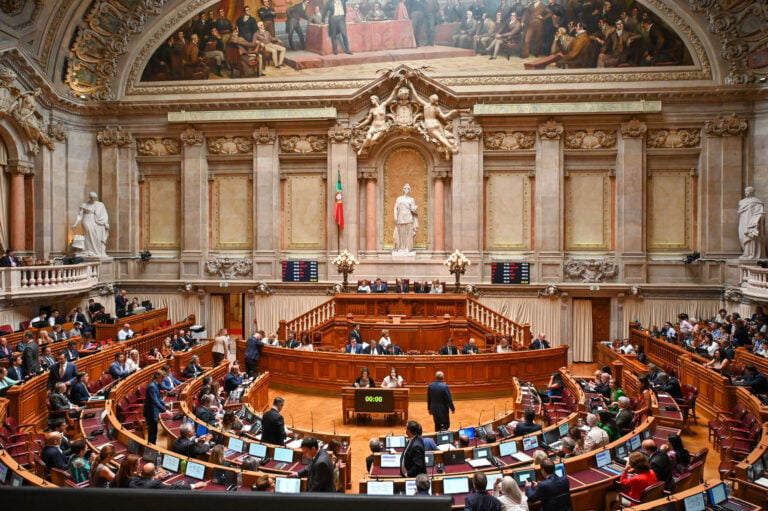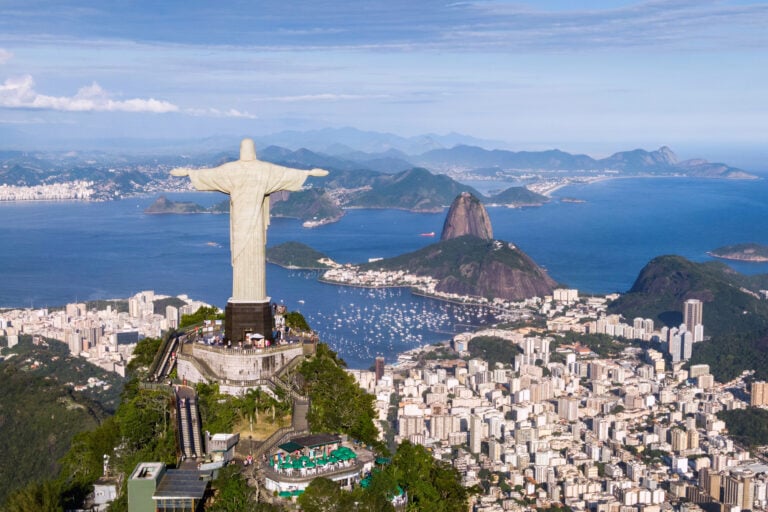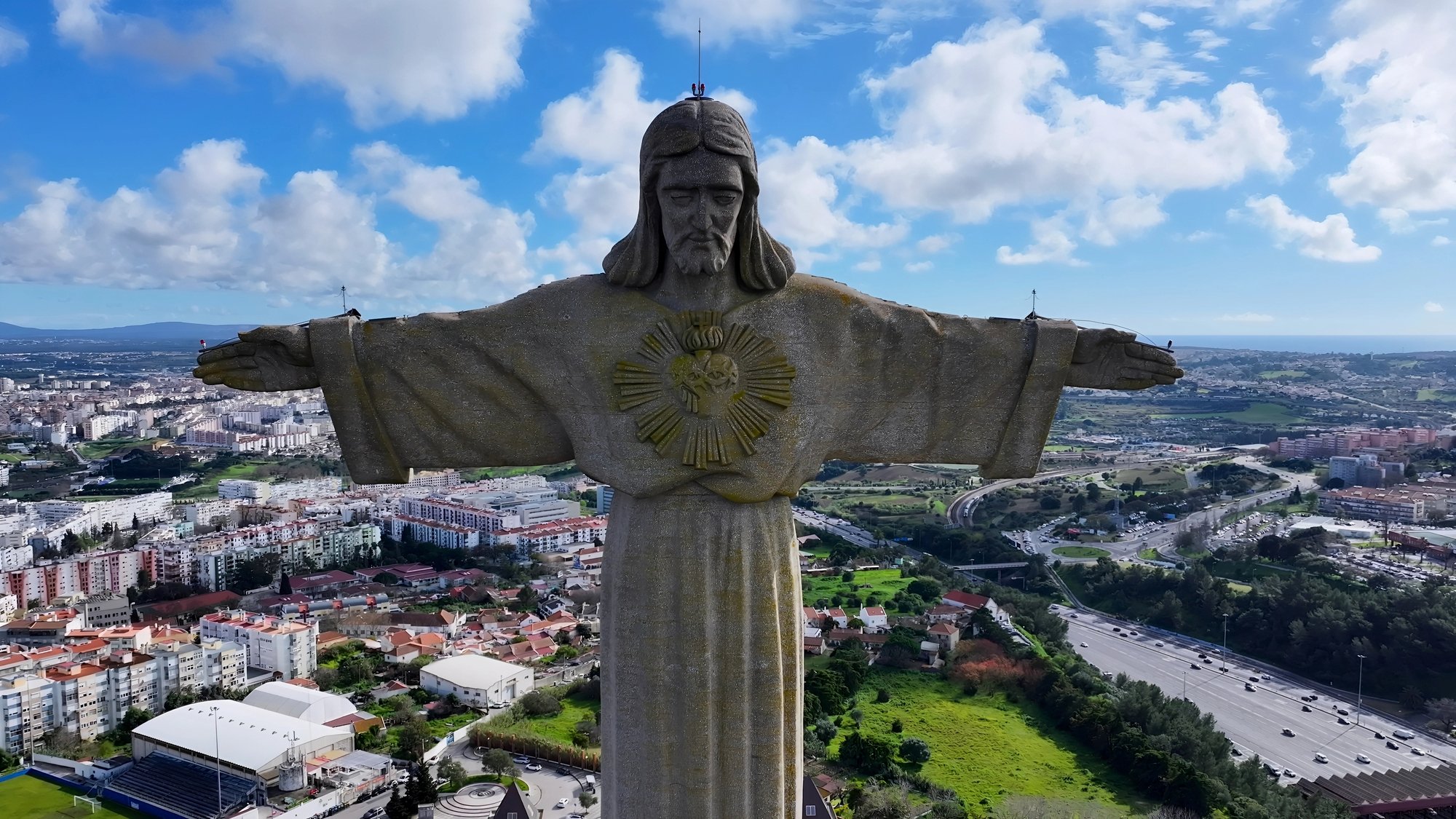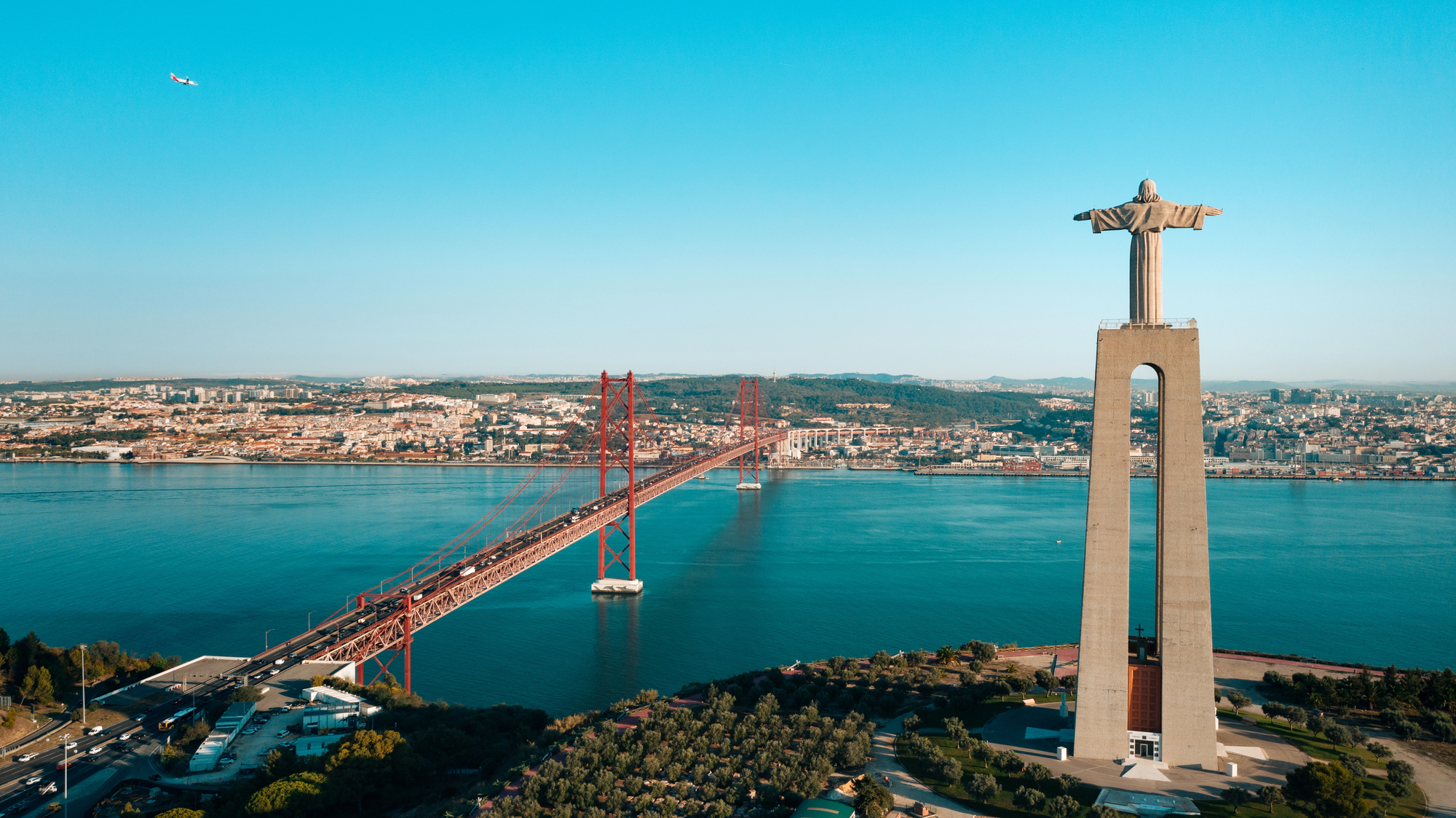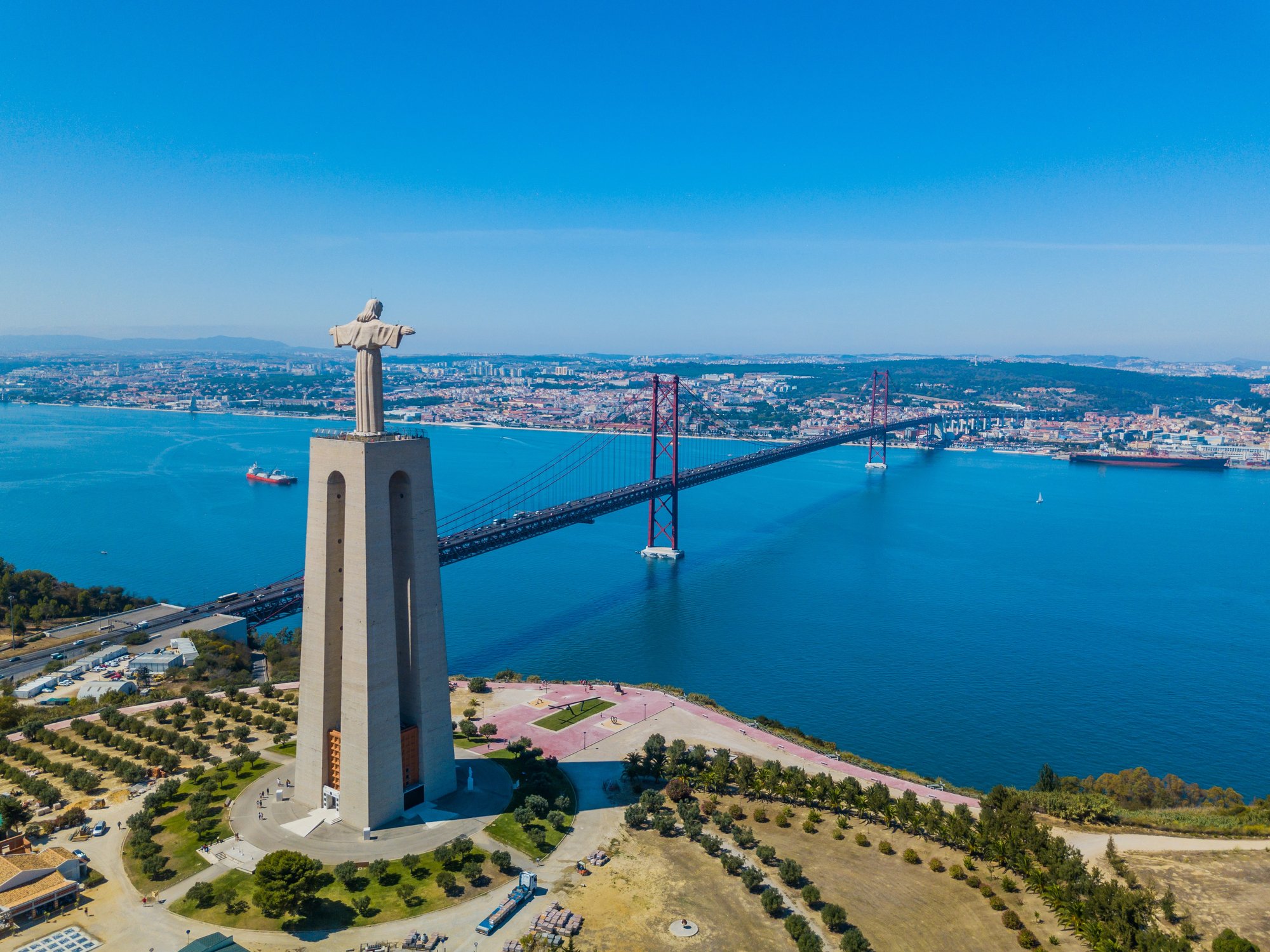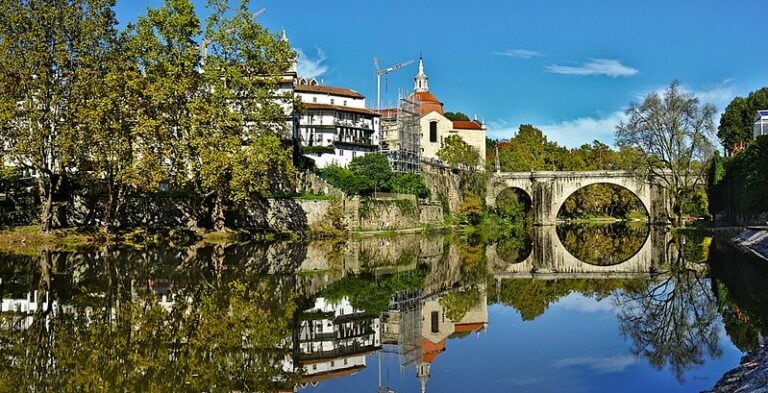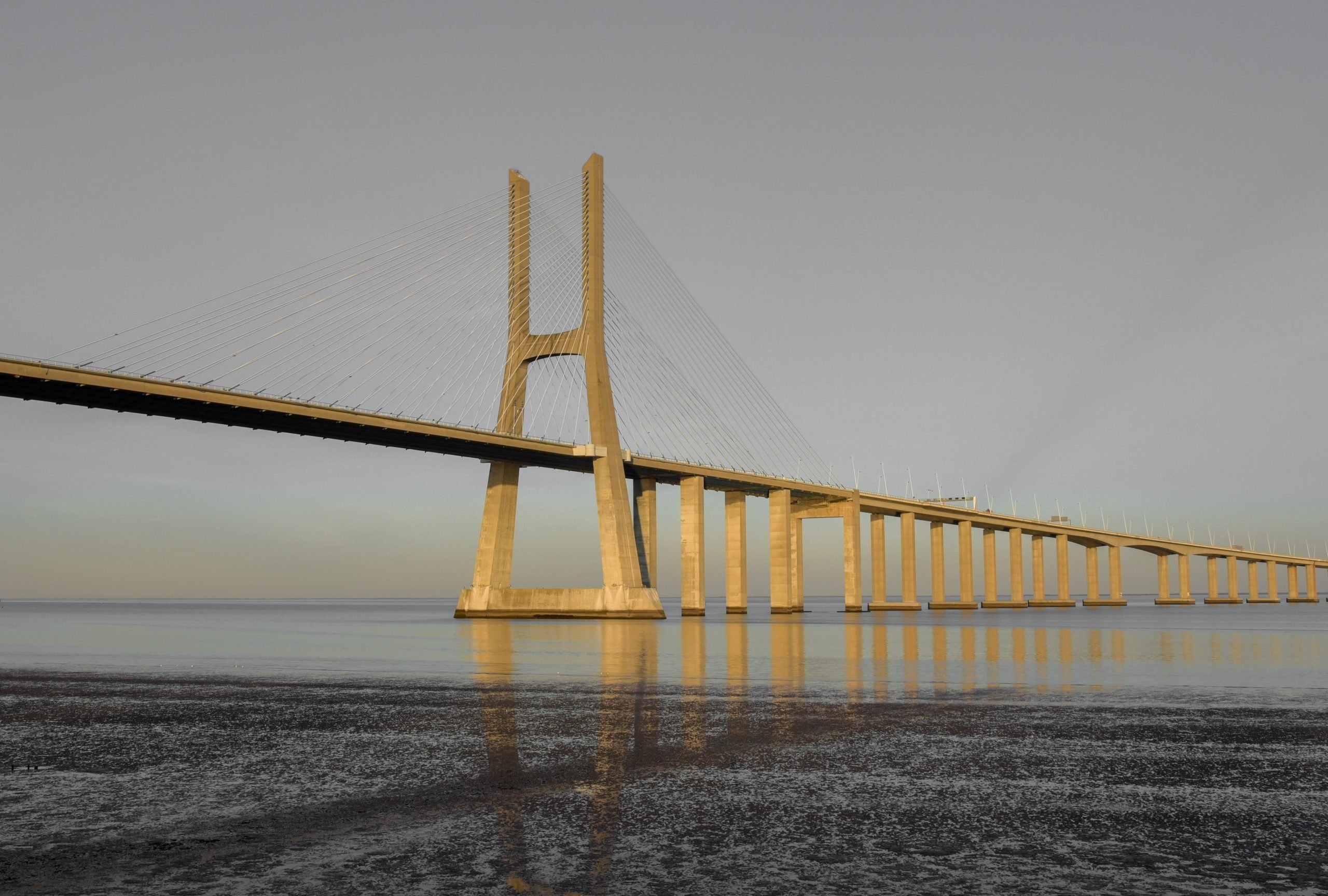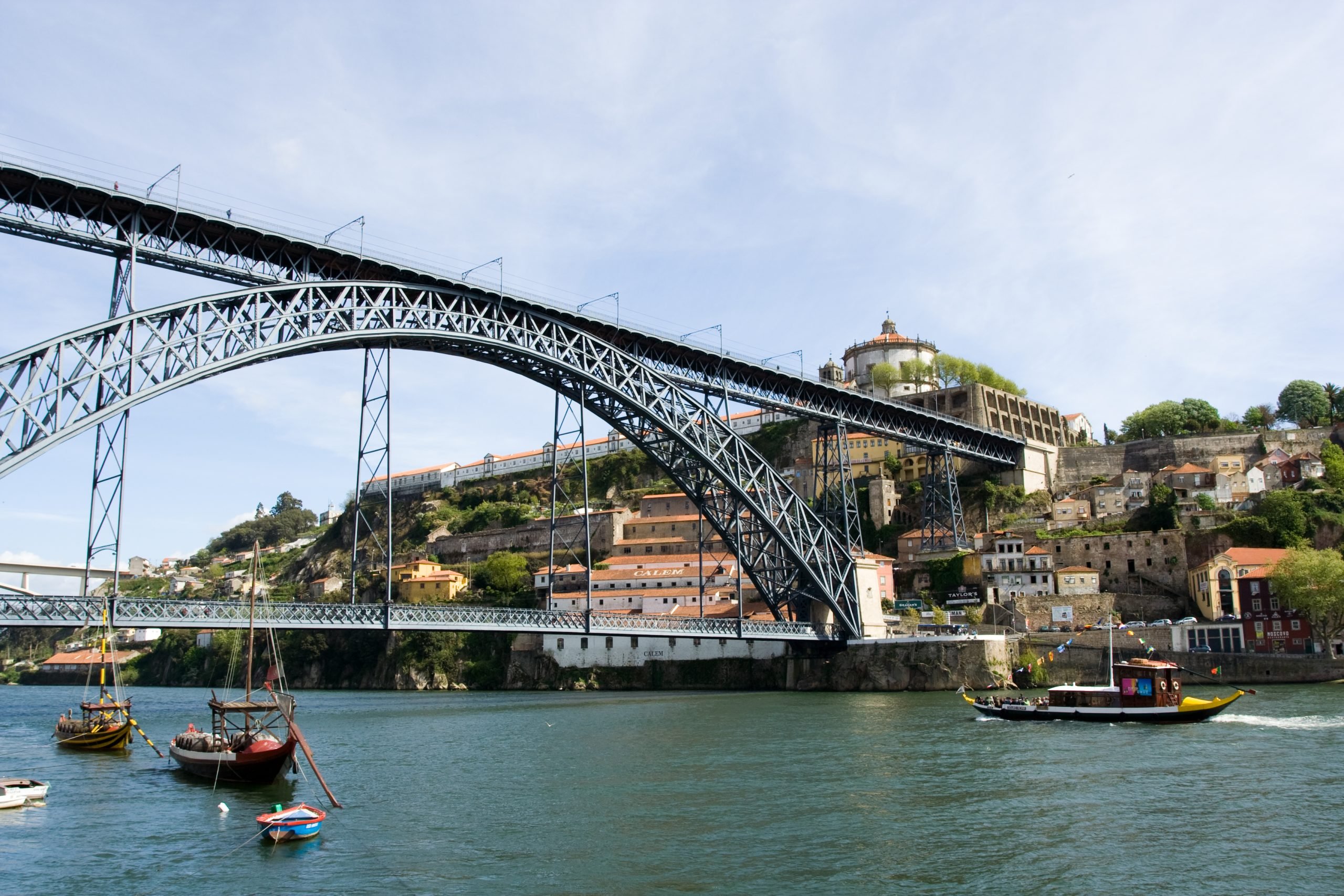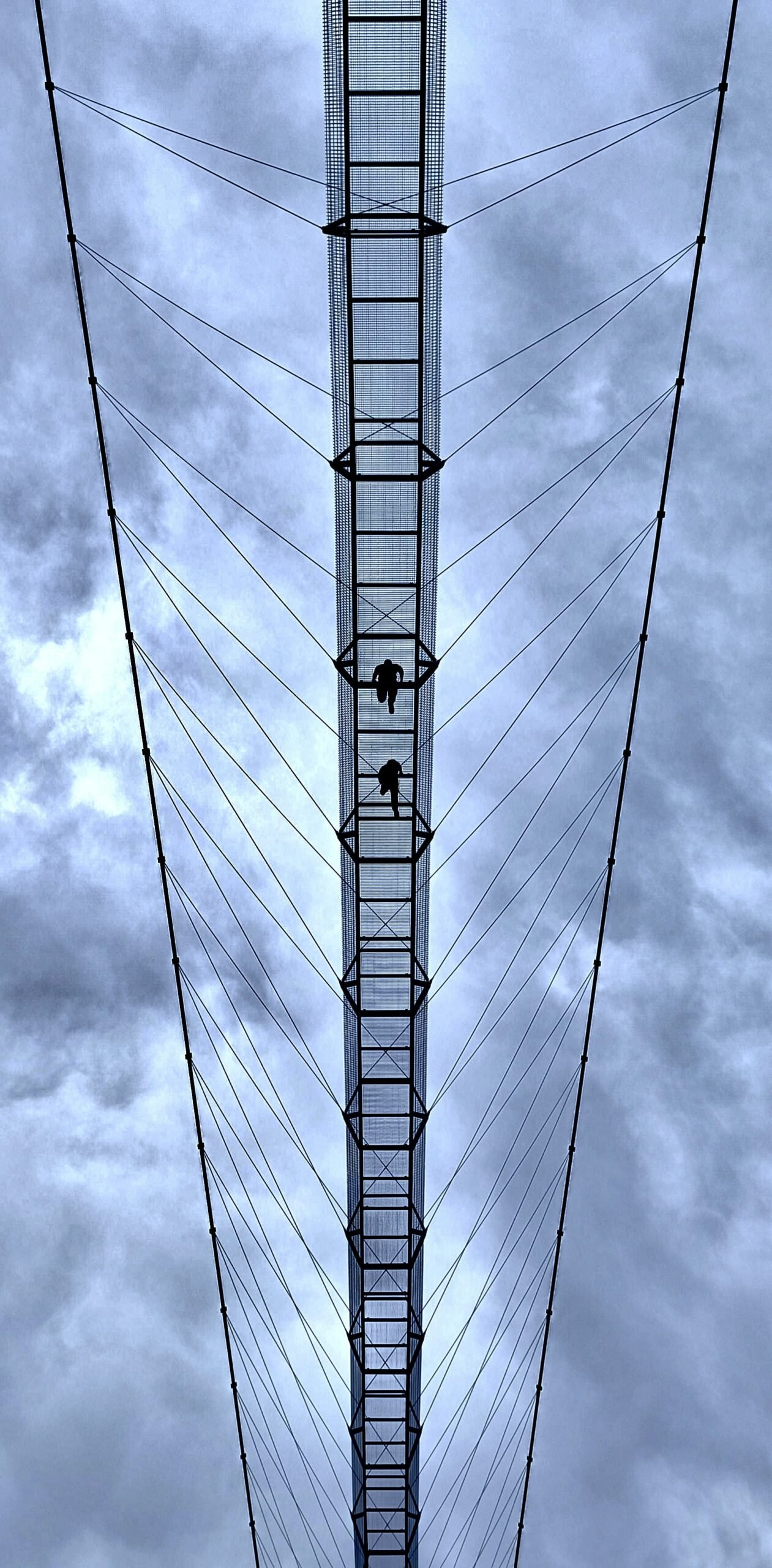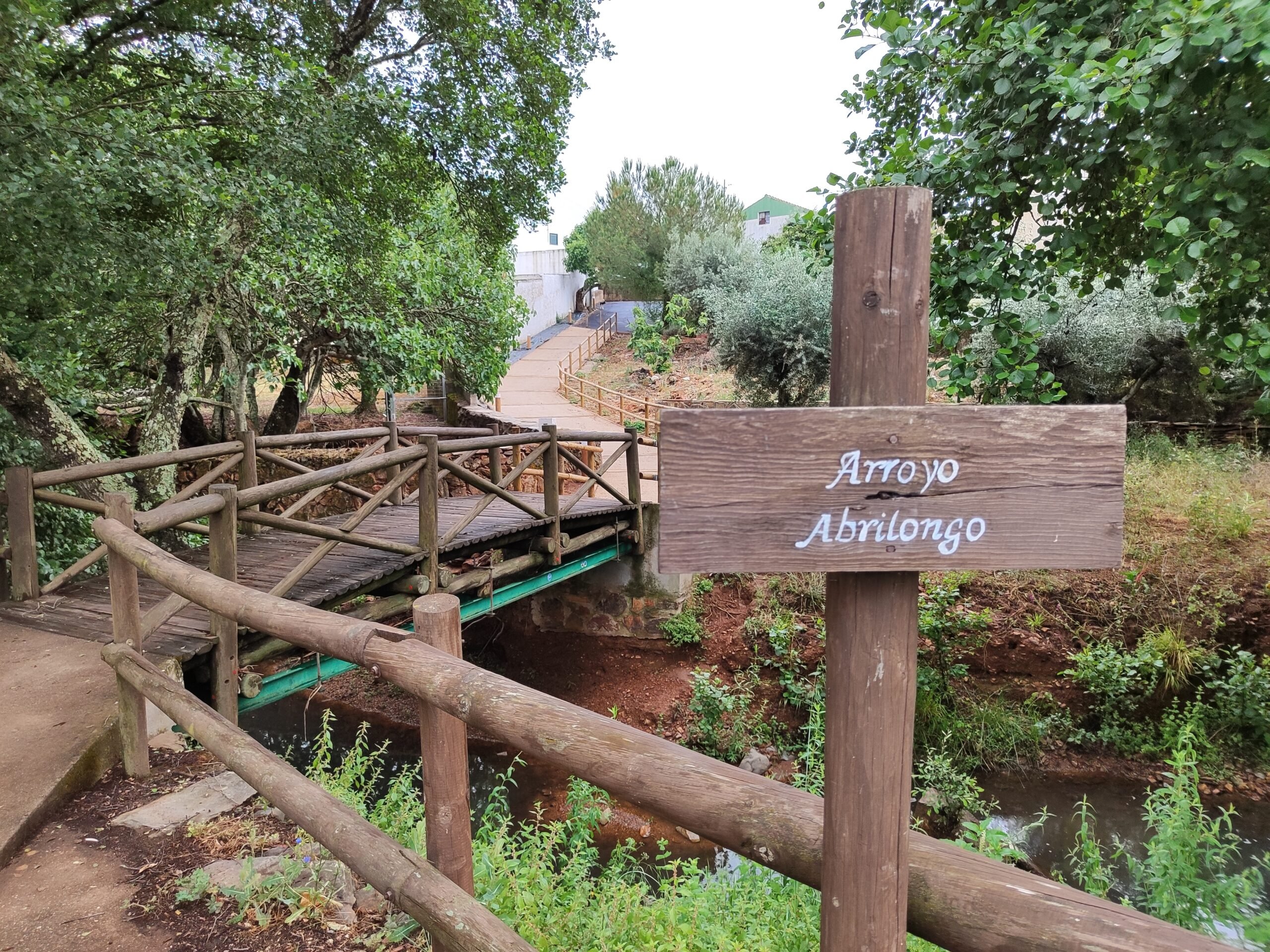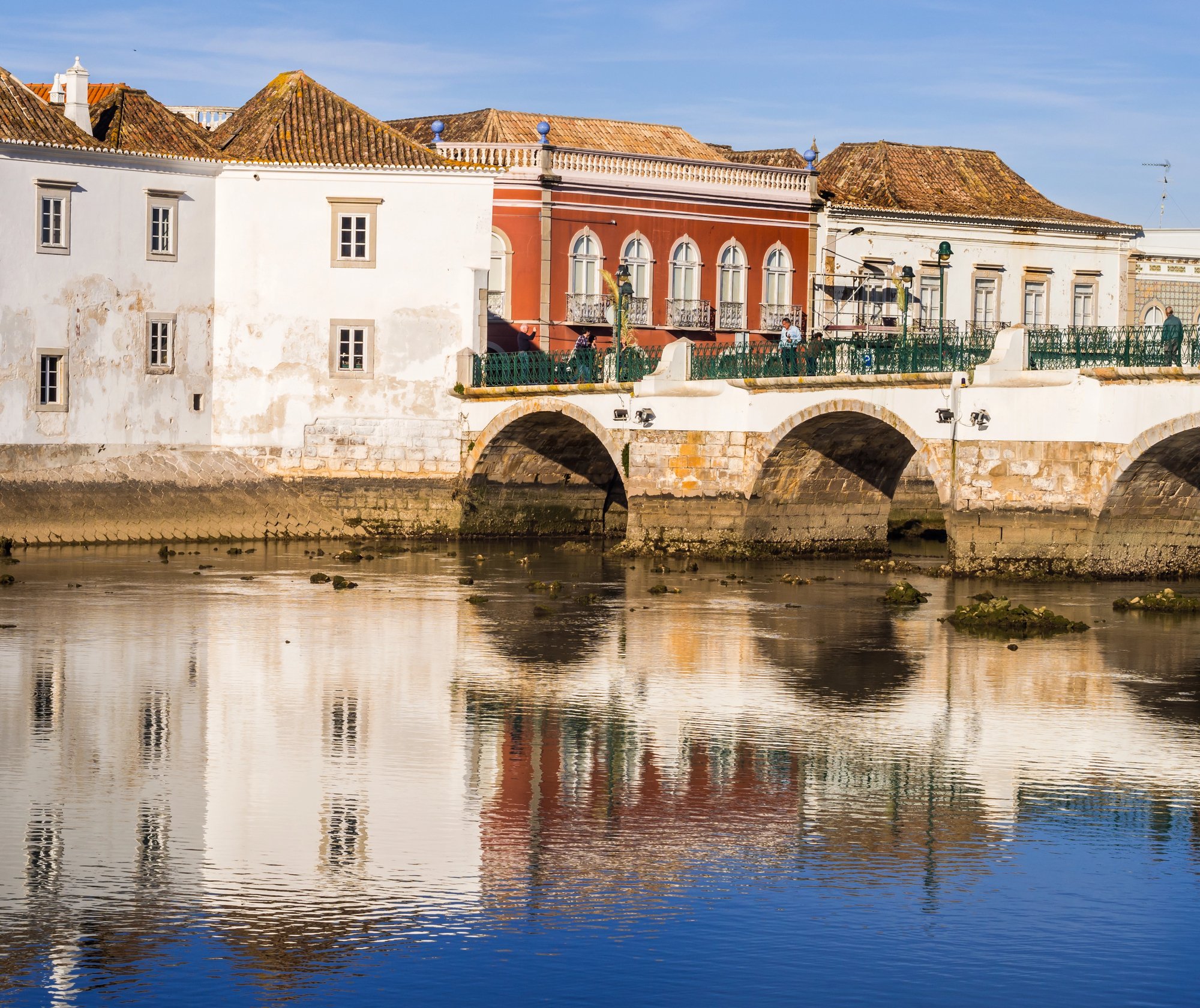We’ve covered the best Halloween events in Lisbon in 2025 and now we’re moving up to Porto and down to the Algarve to give you the rest of our ways to celebrate Halloween in Portugal this year. While there may be less Halloween celebrations outside of Lisbon, you will can still find events where your Halloween costume will be welcome! Check out our list of Halloween events in Porto and the Algarve below.
Porto
Porto might be smaller than Lisbon, but it’s no less creative when it comes to Halloween. Its narrow cobbled streets, old-world taverns, and student nightlife scene ensure an unforgettable night.
1. Porto Halloween Pub Crawl
- Date – October 31, 2025
- Time – 10:00 p.m. to around 6:00 a.m.
- Location – Meeting point at Lions Fountain (Fonte dos Leões), Praça de Gomes Teixeira 10
- Price – €25
Get ready for a Halloween night you’ll never forget with the Porto Halloween Pub Crawl, which promises to be a spooktacular evening of drinks and friendly competition in some of the city’s top bars. You’ll visit four lively venues while enjoying seven complimentary drinks, fake tattoos, face painting, and eerie games inside a haunted house challenge. Each stop brings new surprises with professional party guides leading the way and exclusive discounts on additional drinks to keep the night going. The crawl ends in true Halloween style with VIP skip-the-line entry to one of Porto’s hottest nightclubs.
2. CABARET – UNIQUE XPERIENCE: Halloween Edition
- Date – October 31, 2025
- Time – 9:00 p.m. (dinner option) or 10:00 p.m. (show only)
estimated duration (dinner + show): 2 hours and 30 minutes - Location – MXM ArtCenter, R. do Ouro 264
- Price – €25 (show only, includes 1 cocktail), €75 (dinner + show with seat farther from the stage, €85 (dinner + show with seat close to the stage)
Step into a one-of-a-kind evening filled with mystery, music, and theatrical magic at the CABARET – UNIQUE XPERIENCE. This special Halloween edition transforms dinner into a dark and glamorous spectacle featuring a mix of terror, laughter, and captivating performances that will keep you on the edge of your seat.
The night begins with a silky pumpkin, orange, and turmeric cream before guests choose between two main courses: the indulgent Burlesque Tornedó de Novilho in port wine sauce with potatoes, mushrooms, and rosemary-kissed cherry tomatoes, or a vegan Burlesque Asparagus Strudel with the same rich accompaniments. For dessert, sink your vampire teeth into a red velvet creation topped with cream cheese and red berries, or a vegan pineapple carpaccio brightened with lime zest and juice. Put on your best costume, take your seat under the dim lights, and prepare for an unforgettable night of hauntingly beautiful performances.
3. The Fear Cruise on the Douro River
- Date – October 31, 2025
- Time – 10:00 p.m. to around midnight
- Location – Vila Nova de Gaia (Quay Living Cruise) Av. de Ramos Pinto 710 4400, Vila Nova de Gaia
- Price – €29
On October 31, the Douro River transforms into a scene straight out of a horror film with The Fear Cruise, a chilling boat party where classic movie monsters come to life. As Porto gears up for its spookiest night of the year, this two-hour voyage offers an unforgettable mix of eerie ambiance and breathtaking river views.
From 10 p.m. to midnight, the cruise sails beneath Porto’s six iconic bridges combining the haunting energy of Halloween with the shimmering lights of the city. The vessel itself is decked out in terrifying décor and turned into a floating dance floor complete with a live DJ and a full bar. Only 80 brave souls can come aboard, which makes it an exclusive and intimate Halloween experience.
Tickets include your choice of a white drink such as a gin and tonic or Porto tonic, or two lighter beverages like beer or soda. Boarding begins 15 minutes before departure and reservations must be made online in advance because once the boat leaves the dock, there’s no turning back.
4. WOW Porto
- Dates – October 31 to November 2, 2025
- Time – Varies per activity
- Location – Rua do Choupelo 39, Vila Nova de Gaia
- Price – From €14, price varies depending on the activity
At WOW Porto, Halloween 2025, which will be celebrated from October 31 to November 2, promises an entire lineup of immersive experiences designed for every kind of thrill-seeker. Visitors can choose from three very different adventures: a mystery-filled escape room, a theatrical ghost tour through Porto’s past, and a delightfully spooky chocolate-making workshop for kids.
For those craving a challenge, Save the World – Special Halloween turns the Escape Room at The Art of Drinking museum into a supernatural mission. Legend says Julius Caesar haunts the museum on October 31 and November 1 demanding help to recover his missing chalice. Teams of five or more have just 60 minutes to solve clues and lift the curse, with sessions available at 7:00 p.m., 9:30 p.m., and 11:00 p.m. Tickets start at €20, and participants can reserve their spots online.
History lovers will prefer Porto of Horrors, a theatrical tour at the Porto Region Across the Ages Museum. Running on October 31 and November 1, this year’s edition is narrated by the writer Camilo Castelo Branco, portrayed by actor Joel Sines. The experience combines history, drama, and suspense as guests follow their ghostly guide through centuries of Porto’s darkest stories. Tours are held at 7:00 p.m., 9:30 p.m., and 11:00 p.m., and reservations can be made here.
For families, Trick or Treat – Chocolatinhos Workshop invites children aged 4 to 12 to make chocolate lollipops, witch’s cauldron shards, and “monster brain” popcorn. It’s a playful and hands-on session filled with giggles, mild scares, and lots of chocolate. The workshop runs on November 1 and 2. You can book your tickets here.
To top it all off, WOW’s annual Halloween Party takes over the complex on October 31 from 10:30 p.m. until 5:00 a.m. DJs and MC Henrique Mano will keep the crowd dancing through the night with a mix of beats and Halloween spectacle. Tickets start at €14 and are available on the WOW Halloween Party page.
The Algarve
In the Algarve, Halloween takes on a coastal twist with street parades, family-friendly fun, and resort-wide celebrations.
1. Jupiter Albufeira Hotel Halloween Program
Dates – October 17 – November 1, 2025
Location – Jupiter Albufeira Hotel, Rua Alexandre O’Neill, Albufeira
One of the Algarve’s biggest Halloween programs, featuring pumpkin carving, trick-or-treat trails, costume contests, and spooky poolside parties. The entire resort transforms for two weeks of festive fun. You can find details and book packages through the Jupiter Albufeira Hotel Halloween website. There will be Halloween events every day, and you can check the schedule here.
2. Halloween Fun at Quinta do Lago
- Date – October 28-31, 2025
- Times – Various
- Location – Quinta do Lago Rotunda 1, 8135-024 Almancil
- Price – Varies
This Halloween, Quinta do Lago is turning up the fright factor with a full calendar of family-friendly and fabulously spooky events. The luxury Algarve resort will combine the mid-term break with Halloween festivities and create the perfect autumn getaway filled with good food, live music, and imaginative entertainment.
The celebrations begin on October 28 with Halloween Family Day & Pirate Adventure at The Shack, where guests can enjoy an afternoon of games, live music, and a swashbuckling pirate show. Two days later, on October 29, Casa do Lago hosts a Haunted Halloween Dinner, which invites families to dress up and enjoy a spooky meal, themed cocktails, and live entertainment for adults and children alike. That same day, KOKO will hold its Boo-tiful Costume Parade, a lively family event featuring prizes for the best costumes, a magic show, and face painting for little monsters.
On October 30, The Shack transforms again for the Sunset Scary Party, a lakeside afternoon of ghoulish fun complete with live music, glitter bars, spooky games, and Halloween-inspired drinks as day turns into night. The festivities reach their delicious climax on October 31 with Bovino’s Spooktacular Halloween Brunch. From 12:30 p.m., guests can savor gourmet dishes, live music, and frightfully creative cocktails in the stylish surroundings of Quinta do Lago’s signature steakhouse.
3. Loulé Halloween Parade 2025
- Date – October 31, 2025
- Times – Evening, Please arrive in the afternoon to get a good seat
- Location – The parade runs from the central market area to Largo de São Francisco
- Price – Free
In 2024, more than 7,000 revelers took part in the city of Loulé’s Halloween Parade, and the 2025 celebration is expected to be even bigger! The entire downtown area fills up with costumed crowds, themed floats, and nonstop music.
The parade typically begins near the central market and winds its way toward Largo de São Francisco, where the atmosphere reaches its peak. Along the route, dancers, musicians, and street performers (many dressed as famous horror movie characters) keep the energy high and the crowd entertained. The event is open to everyone, with no entry fee or registration required.
For the best experience, it’s worth arriving early in the afternoon to get a good spot to catch all of the best costumes. Some of the best seats are near the main square where the floats finish their route. Street vendors, food stalls, and nearby cafés stay open late, which will give you the chance to grab a bite or a drink while enjoying the Halloween party that lights up Loulé well into the night.


